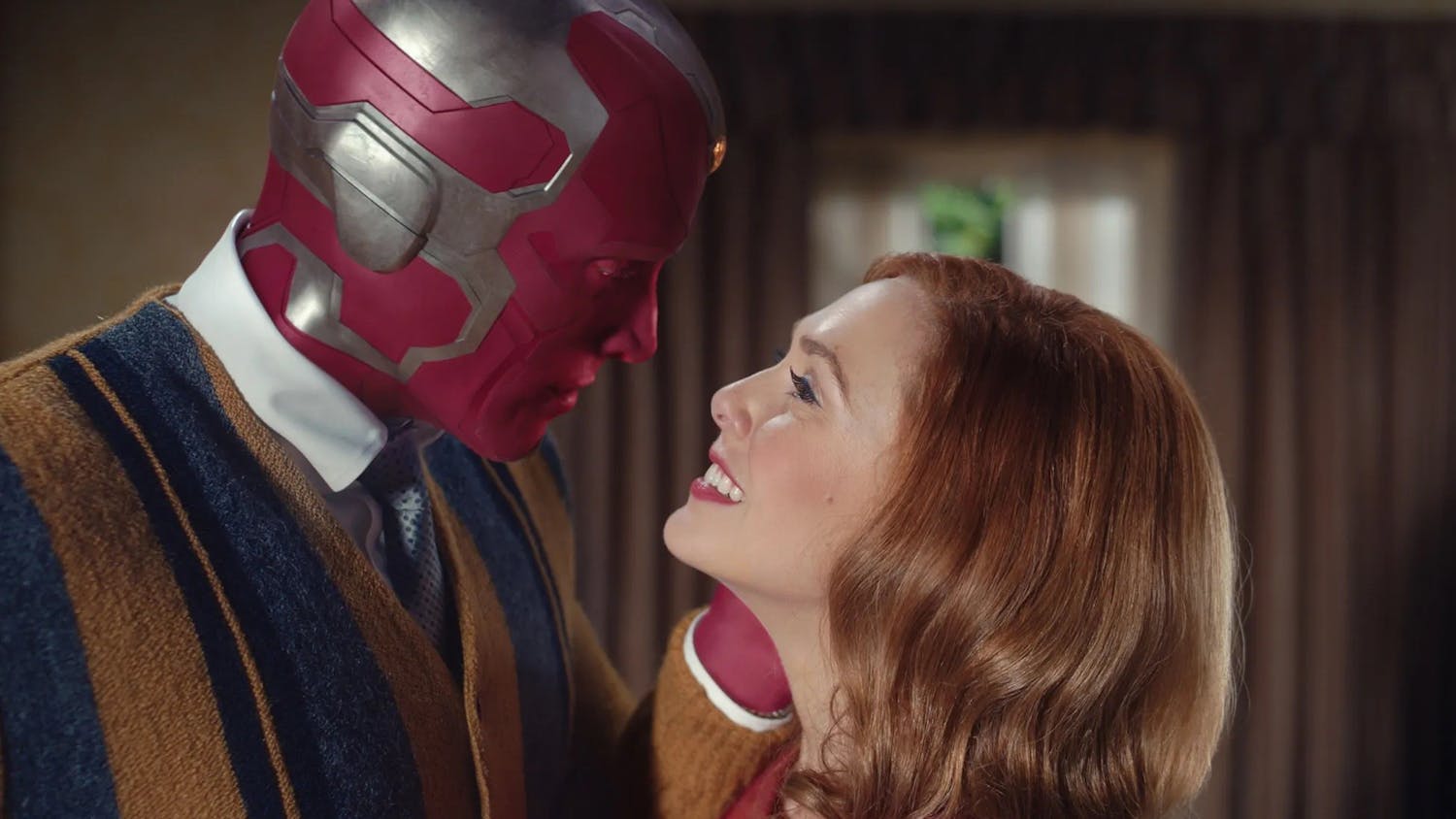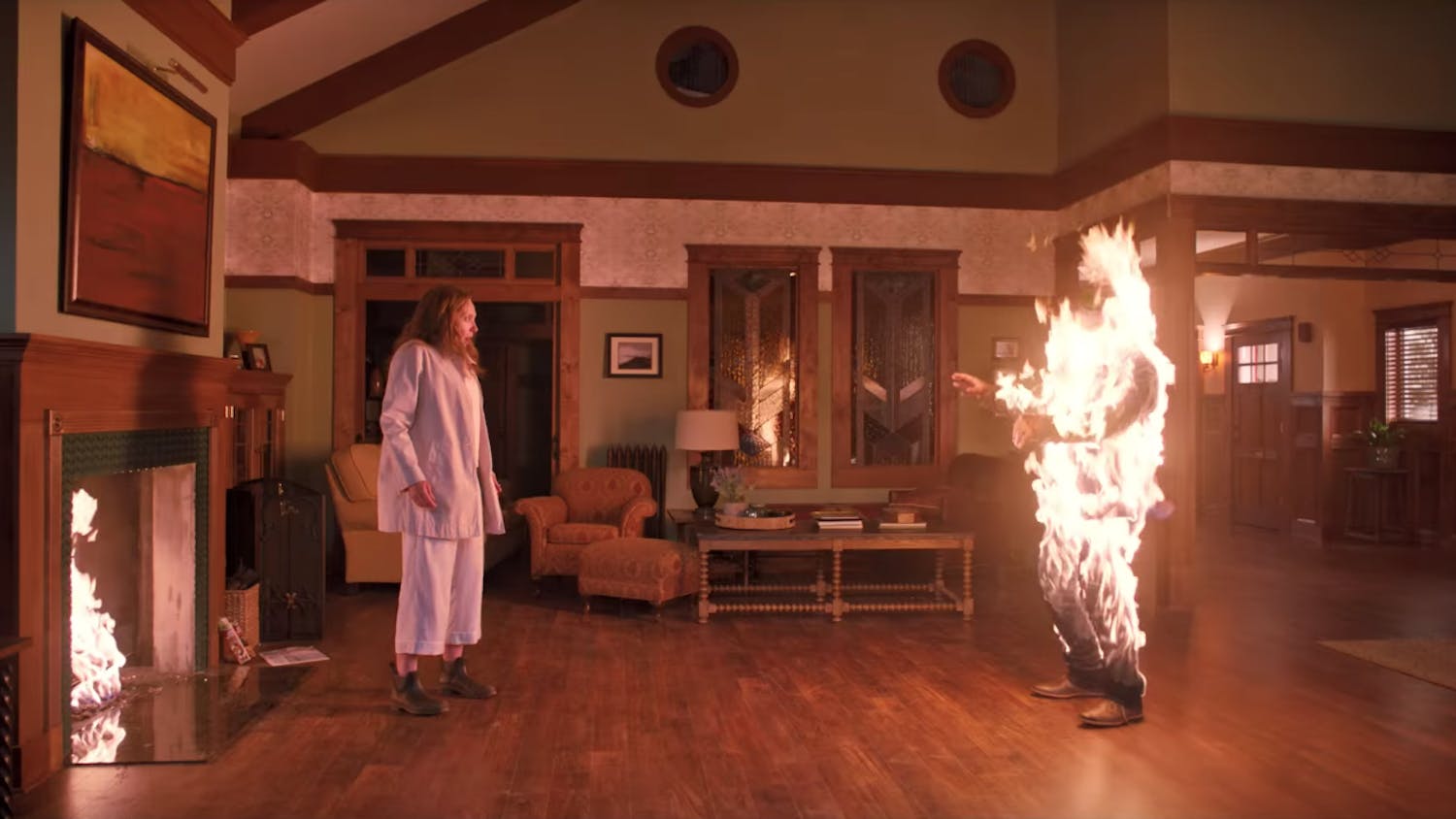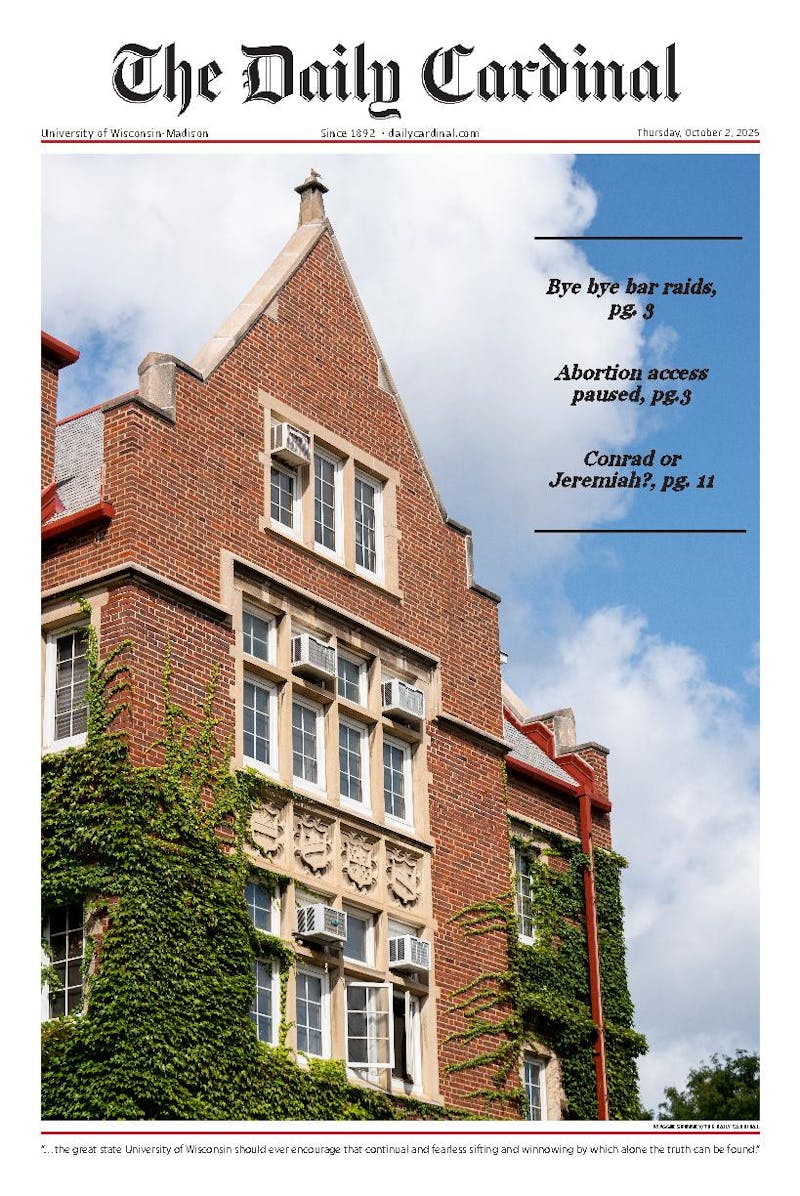Everybody has that one type of friend—the one who’s a little self-serving, a little cruel, a little too smart for his own good. In the case of Dorian Gray in Oscar Wilde’s classic, “The Picture of Dorian Gray,” this friend happens to be Lord Henry Wotton, a smooth-talking and devilishly intelligent member of London high society.
As an aristocrat, Lord Henry occupies his days lunching at the home of some rich relative or another, attending the opera or watching his jolly artist friend Basil Hallward paint in his sunlit studio. During all these activities, Lord Henry can be found lazily sprawled out on a couch, a cigarette between his lips, spinning out theories on humankind that would make even the most pessimistic of cynics cringe.
Dorian, on the other hand, is perfect. He’s untouched, spoiled at worst but a well-meaning individual overall. When he first meets Lord Henry, Dorian is smugly positioned in Basil’s studio, complaining of boredom as Basil painstakingly composes his portrait. Dorian is childishly unaware of how affectionately Basil paints him, or of how each careful brushstroke is a testament to Basil’s complete adoration.
When his eyes light on Dorian, Lord Henry instantly spots an opportunity. Dorian, with his striking looks and stainless soul, set against the backdrop of luxurious London aristocracy, is the perfect scenario to put Lord Henry’s theories into practice.
As their friendship grows, Lord Henry hopes to discover an answer to the question, “What does it mean to convince someone to live completely selfishly?” Is it possible for him to inspire a young man to lead a life that revolves solely around beauty and youth?
From the moment they meet, Lord Henry begins to feed Dorian bits of his own mind. Within minutes, he has tricked Dorian into a petrified state, where the boy becomes terrified of growing old and determined to fulfill his every passion. When Basil finally finishes his portrait—an immaculate representation of Dorian’s physical perfection—Dorian curses the painting and fatefully wishes that all of his sins and eventual old age could be transferred onto it instead of his own youthful and pristine countenance.
Soon after making this wish, Dorian begins to rely heavily on Lord Henry’s friendship and approval, constantly following him on trips to the opera or going to countless dinners. Lord Henry, in turn, slips further and further into Dorian’s subconscious, influencing his every decision and observing as Dorian’s choices grow increasingly egocentric. Ultimately, Lord Henry befriends Dorian in the same way that a boy with a magnifying glass might befriend the insect burning on the other side.
Yet as Dorian commits more and more atrocious acts, his aforementioned wish comes true and the portrait continues to morph into something hideous, a reflection of his soul after despicable deeds, while Dorian himself stays exactly the same—as perfect and pure as the day he was painted.
“The Picture of Dorian Gray” is a prism of a book, heaped with several levels of meaning depending from which angle you look. There’s obviously the central story warning about the danger of narcissism, but it also theorizes about love, art, inspiration and disillusionment.
In one way, it’s Oscar Wilde’s own cry for help in a cold, vain and uncomprehending era. The unrequited heartbreak felt by his most sensitive character, Basil Hallward, is made all the more devastatingly sad when you realize that Wilde was also homosexual, struggling with his own identity in the hostile Victorian society. Although it was written over a hundred years ago, Wilde’s message is still just as important today—society’s obsessive hunt for eternal beauty and youth forces us to lead soulless lives. But once the layers of vanity are stripped away, the truth is exposed and ugliness becomes the one remaining reality.





